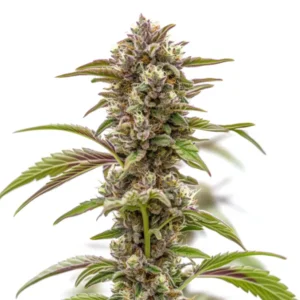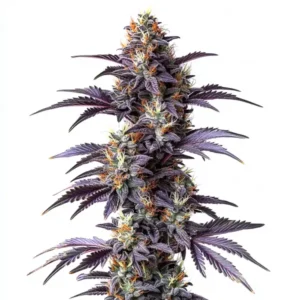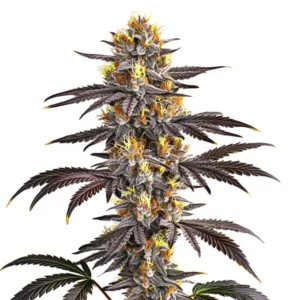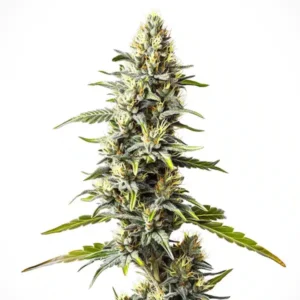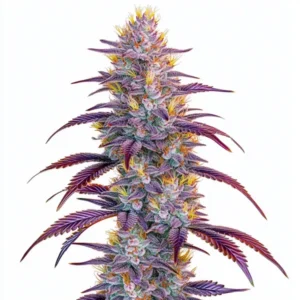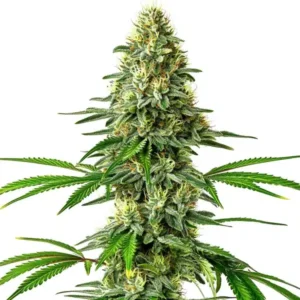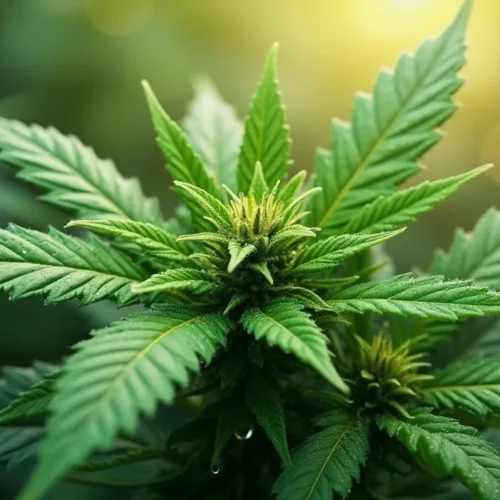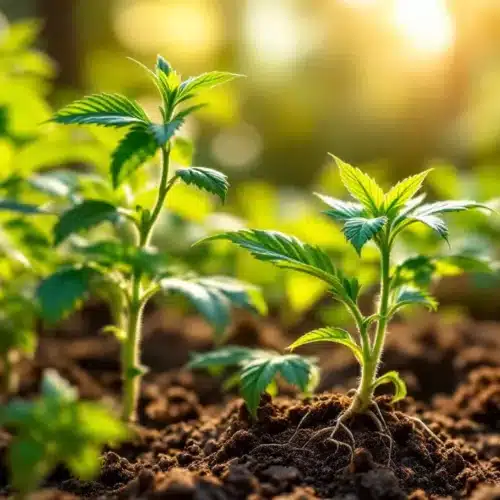
Can I Plant Cannabis Cuttings in Soil Without Rooting First?
Many growers, especially those just starting out, wonder: Can I plant cannabis cuttings in soil without rooting first? It’s a common question that invites curiosity and experimentation. The simple answer is yes — you can plant cannabis cuttings directly into soil, but there are a few things to keep in mind to ensure success.
Choosing the right soil is crucial. It should be well-draining and rich in nutrients to support the young cutting as it begins to develop roots. The soil should be moist but not waterlogged, as excess moisture can cause the cutting to rot before it has a chance to grow. Additionally, maintaining the right temperature and humidity can make a significant difference in the plant’s ability to root successfully.
Light is another important factor. While cannabis requires plenty of light to thrive, cuttings are more delicate and can dry out if exposed to too much direct sunlight. A shaded area or indirect light can provide the ideal conditions for your cuttings to root directly in soil. Strains like Critical Mass Auto are known for their robustness and may be more forgiving for first-time growers attempting this method.
Benefits of Direct Soil Planting for Cannabis Cuttings
One of the main advantages of growing cannabis from cuttings without rooting them first is the simplicity it offers. By planting directly in soil, you eliminate the need for additional rooting mediums or transplanting, which can be stressful on the plant. This method can save time and reduce the risk of damaging the roots during a transplant.
Another benefit is that rooting cannabis cuttings directly in soil can lead to a more natural growth process. The cutting has the chance to adapt to its environment from the start, which can result in a stronger, more resilient plant. This method can be particularly effective with strains like Gelato, which are known for their vigor and adaptability.
When you plant cuttings directly into soil, you are allowing the plant to establish itself in its final growing medium from the outset. This can be particularly advantageous in reducing transplant shock, which often occurs when moving plants from one medium to another. Transplant shock can temporarily stunt growth, so avoiding it by rooting directly in soil can result in a healthier and more vigorous start.
Moreover, using the soil planting method can be cost-effective. By bypassing the need for additional rooting products or materials, growers can save money and resources. This approach can be especially beneficial for those growing on a larger scale, where the cumulative cost of rooting products could be significant over time.
Promos & Deals
Steps for Planting Cuttings Directly into Soil
Start with healthy cuttings. Choose a branch from a mature, healthy mother plant. Make sure your cutting is around 4-6 inches long and has several nodes. Remove any lower leaves to prevent them from rotting in the soil.
Prepare your soil. Use a mix that is light and airy to ensure good drainage. You can add perlite or vermiculite to your soil mix to improve aeration. Ensure the soil is moist but not saturated before planting your cutting.
- Dip the cutting in rooting hormone if desired to encourage root development.
- Make a hole in the soil with a pencil or your finger and insert the cutting.
- Firm the soil around the base of the cutting to provide support.
Once your cuttings are planted, it’s important to maintain a consistent environment. This includes monitoring temperature, humidity, and light levels. Consistency in these factors will help the cuttings transition from the mother plant to their new environment more smoothly.
Regular monitoring of your cuttings is crucial during this phase. Checking for signs of stress, such as wilting or discoloration, can help you adjust conditions promptly. The sooner you can respond to any issues, the better your chances of success. If you’re wondering, Can I plant cannabis cuttings in soil without rooting first, remember that careful observation and optimal care are key to achieving healthy growth.
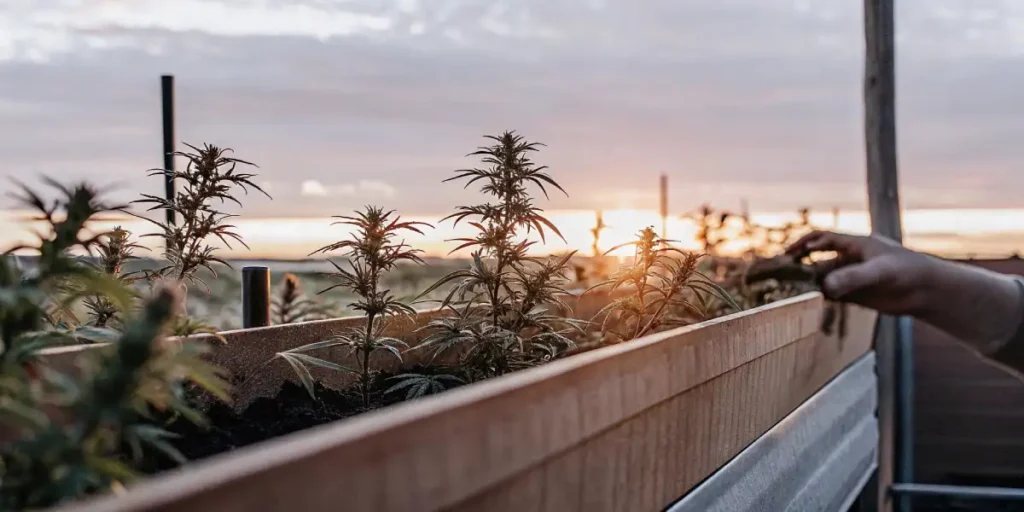
Maintaining Your Cannabis Cuttings
After planting, cover the cuttings with a clear plastic dome or a plastic bag to create a humid environment. This helps prevent the cuttings from drying out. Make sure to air out the cuttings daily to prevent mold.
Watering is crucial. Keep the soil consistently moist but not overly wet. Overwatering can lead to rot, while underwatering can cause the cuttings to dry out and die. Adjust your watering schedule based on the environmental conditions and the specific needs of your strain.
In addition to maintaining humidity, it’s important to monitor temperature closely. Fluctuations in temperature can stress the cuttings and impede their ability to root. Aim for a stable temperature range to create an optimal environment for growth.
Feeding your cuttings should be approached with caution. Initially, the cuttings will rely on stored nutrients within their leaves. As they begin to root, introduce nutrients gradually to support growth. Using a diluted nutrient solution can help avoid nutrient burn, which can damage young plants.
Optimizing Conditions for Direct Soil Planting
Temperature and humidity play a significant role in the success of planting cannabis cuttings directly into soil. Aim to keep your environment warm, around 70-75°F, with a humidity level of 70-80%. This creates an ideal environment for root development.
Lighting is another key factor. While the cuttings should not be exposed to direct sunlight, they still require sufficient light to encourage growth. Consider using fluorescent lights or LED grow lights placed at a distance to provide the necessary light without causing stress.
The soil planting method benefits greatly from a stable environment. Sudden changes in temperature or light can shock the cuttings, delaying rooting and growth. Consistent conditions help the cuttings transition from the mother plant to their new environment more smoothly.
Another factor to consider is air circulation. Proper airflow can help prevent mold and mildew, which are common concerns in humid environments. Using a small fan to gently circulate air can create a healthier environment for your direct soil planting of cannabis clones.
Common Mistakes and How to Avoid Them
A common mistake when using the soil planting method is choosing soil that’s too dense. This can suffocate the cutting and prevent proper root development. Always opt for a light, airy mix to promote rooting.
Improper watering is another frequent issue. It’s important to find the right balance, as soil that is too wet or too dry can quickly kill a cutting. Pay close attention to moisture levels and adjust your watering routine as needed.
Another mistake is neglecting the use of rooting hormones. While not always essential, they can significantly improve the chances of success when planting directly into soil. Rooting hormones stimulate root growth and help cuttings establish faster.
Finally, avoid overcrowding. Providing enough space ensures each cutting receives adequate light and airflow, reducing the risk of disease and competition for resources. This is crucial for successful rooting.
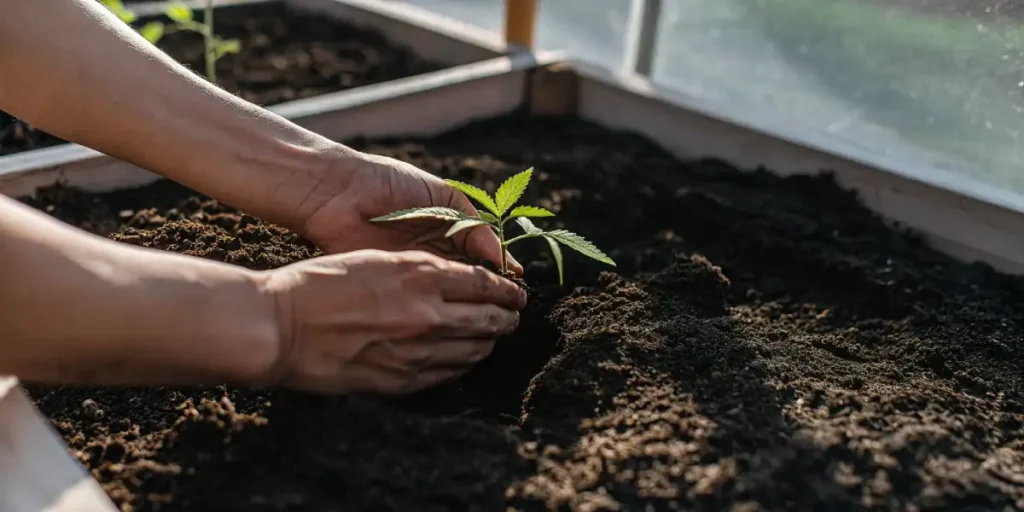
FAQs of can i plant cannabis cuttings in soil without rooting first
Can I plant cannabis cuttings in soil without rooting first?
Yes, you can plant cuttings directly into soil without rooting them first. This method can be simpler and less stressful for the plant since it eliminates the need for transplanting. However, success depends on the right conditions, including soil quality, moisture, and environmental factors.
When planting directly into soil, ensure that it is well-draining and that the environment is kept warm and humid. This helps the cuttings establish roots more effectively. It’s a practical approach for both beginners and experienced growers.
This soil planting method offers a seamless growth transition, allowing the plant to adapt to its environment from the start. As a result, it may become more robust and resilient, capable of thriving in various conditions.
Moreover, direct soil planting of cannabis clones allows for a more natural integration with the soil biome, potentially enhancing the plant’s overall health and resistance to diseases. This organic approach can be particularly appealing to growers focused on sustainability and natural cultivation techniques.
What kind of soil should I use for cannabis cuttings?
The best soil for cannabis cuttings is one that is light, airy, and well-draining. A mix that includes perlite or vermiculite can improve aeration and drainage, providing the ideal conditions for root development. Avoid compacted or heavy soils that can suffocate the roots.
It’s also important to ensure the soil has some nutrient content to support the cutting as it begins to develop roots. However, avoid over-fertilizing, as this can harm young cuttings. A balanced, gentle approach is key.
When selecting soil, consider the specific needs of the cannabis strain you are growing. Some strains may prefer slightly different soil compositions, so tailoring your soil mix can optimize growth conditions for your particular cuttings.
Incorporating organic matter, such as compost, can enhance the soil’s nutrient profile, providing a slow-release source of nutrition as the cuttings establish roots. This approach supports a healthy and thriving plant from the start.
How do I maintain humidity for cannabis cuttings?
Maintaining humidity for young plants is crucial for their survival and growth. One simple method is to cover them with a clear plastic dome or a plastic bag. This creates a mini greenhouse effect, trapping moisture and maintaining a high humidity level.
It’s important to monitor the environment and air out the plants daily to prevent mold. Adjust the setup as needed to maintain the ideal humidity levels, usually around 70-80%, to encourage healthy root development.
Using a humidity tray can also be beneficial. Placing the plants on a tray filled with water and a layer of pebbles can naturally increase humidity levels around them. This method provides a more stable moisture environment for rooting directly in soil.
Regularly check the humidity levels with a hygrometer to ensure they remain within the optimal range. Too much humidity can lead to mold, while too little can cause the cuttings to dry out, both of which can hinder the rooting process.
What lighting conditions are best for rooting cuttings in soil?
Cuttings require light to root but can be sensitive to direct sunlight, which may cause them to dry out. Indirect light or the use of fluorescent or LED grow lights placed at a safe distance can provide the necessary light without stressing the cuttings.
Ensure that the light cycle mimics natural conditions, with around 18 hours of light and 6 hours of darkness. This balance helps promote strong root development and healthy growth in your cannabis cuttings.
Adjusting the intensity of the light can also be beneficial. Start with lower light intensity and gradually increase as the cuttings begin to root and grow. This gradual increase mimics natural growth conditions, supporting healthier development.
Positioning the lights at an appropriate distance is important to prevent heat stress. Lights that are too close can cause the cuttings to overheat, while lights that are too far may not provide enough energy for growth. Finding the right balance is key to successful rooting.
How can I tell if my cannabis cuttings have successfully rooted?
Successful rooting is often indicated by new leaf growth. If your cuttings start to develop new leaves, it’s a good sign that roots are forming below the soil. This process can take anywhere from 1 to 3 weeks, depending on the strain and conditions. However, many growers wonder: can i plant cannabis cuttings in soil without rooting first? While possible, it is generally recommended to wait until roots have developed to ensure better chances of survival and healthy growth.
Another method to check for roots is gently tugging on the cutting. If you feel resistance, roots are likely present. However, avoid disturbing the cuttings too much during this delicate phase to ensure successful establishment.
Visual cues, such as vibrant and healthy leaf color, are positive indicators of successful rooting. If the leaves appear dull or yellowing, it may suggest that the cuttings are struggling to root and may require environmental adjustments.
Consistency in watering and environmental conditions can greatly enhance the success rate of rooting directly in soil. Keeping a close eye during this critical phase can help ensure the plants develop into strong, healthy specimens.

